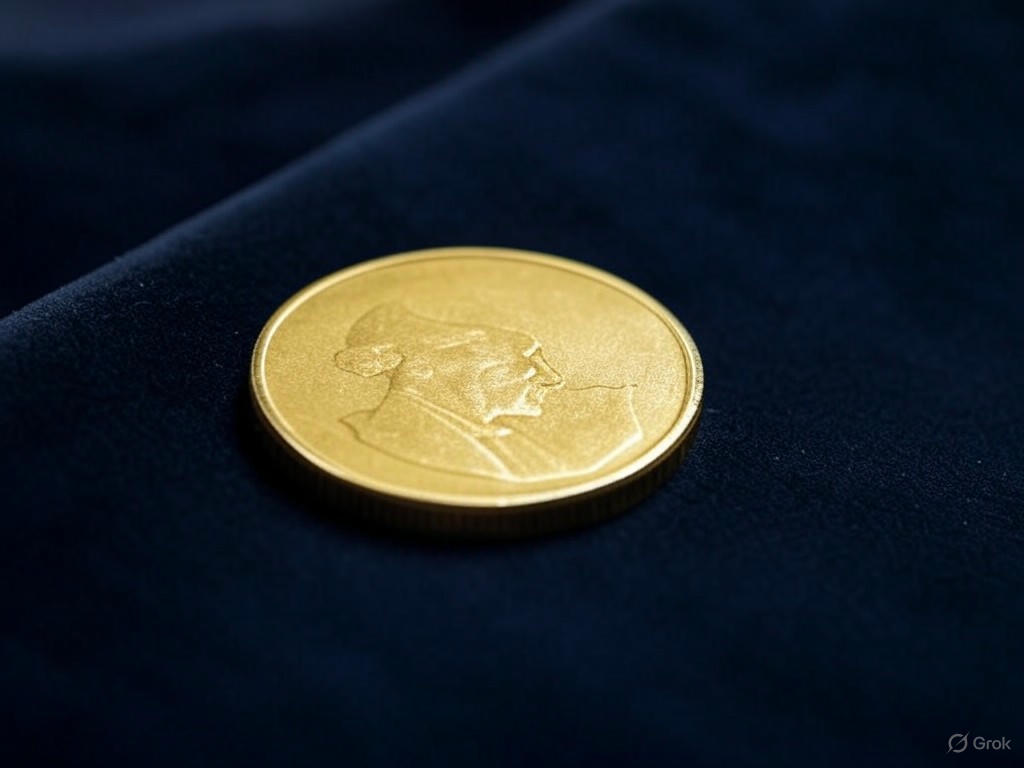Gold Set to Soar to $4,000 Amid U.S. Fiscal Challenges, Experts Predict
In a striking forecast that has caught the attention of investors worldwide, financial analysts at Bank of America have projected that gold prices could surge to an unprecedented $4,000 per ounce in the near future. This bold prediction comes at a time of heightened economic uncertainty, driven primarily by concerns over the United States’ ballooning fiscal deficits. While geopolitical tensions, such as the ongoing conflict between Israel and Iran, continue to rattle global markets, it is the domestic financial landscape in the U.S. that appears to be the dominant force pushing gold to new heights.
The reasoning behind this bullish outlook on gold lies in the mounting national debt and persistent budget deficits in the U.S. economy. As the government continues to borrow heavily to fund its expenditures, fears of inflation and a weakening dollar are growing. Gold, often seen as a safe haven during times of economic instability, tends to thrive in such environments. Investors flock to the precious metal as a hedge against currency devaluation and rising prices, a trend that Bank of America analysts believe will accelerate in the coming months. Moreover, with interest rates remaining a point of contention among policymakers, the opportunity cost of holding gold—typically a non-yielding asset—becomes less significant, further fueling demand.
While international conflicts often drive short-term spikes in gold prices due to its status as a refuge asset, the current Middle East tensions seem to be taking a backseat to these larger fiscal concerns. The Israel-Iran standoff, marked by political friction and military posturing, undeniably adds a layer of uncertainty to global markets. However, experts argue that the structural issues within the U.S. economy pose a more sustained threat, one that could have a lasting impact on investor sentiment. Unlike fleeting geopolitical events, fiscal imbalances are a slow-burning challenge, eroding confidence in traditional financial systems and driving capital toward tangible assets like gold.
Market participants are already reacting to these predictions, with trading volumes in gold futures and exchange-traded funds showing notable upticks. Some industry watchers caution, however, that such a dramatic price increase to $4,000 is not guaranteed. External factors, including unexpected shifts in monetary policy or a sudden resolution to geopolitical crises, could temper the rally. Nevertheless, the consensus among many financial institutions aligns with the view that gold remains a critical component of diversified portfolios in these turbulent times.
As we look ahead, the trajectory of gold prices will likely serve as a barometer for broader economic health. If U.S. deficits continue to spiral without meaningful reform, the path to $4,000 may indeed become a reality, reshaping investment strategies and reinforcing gold’s timeless allure. For now, investors are advised to keep a close watch on both fiscal policy developments and global events, as the precious metal’s journey promises to be anything but predictable.


